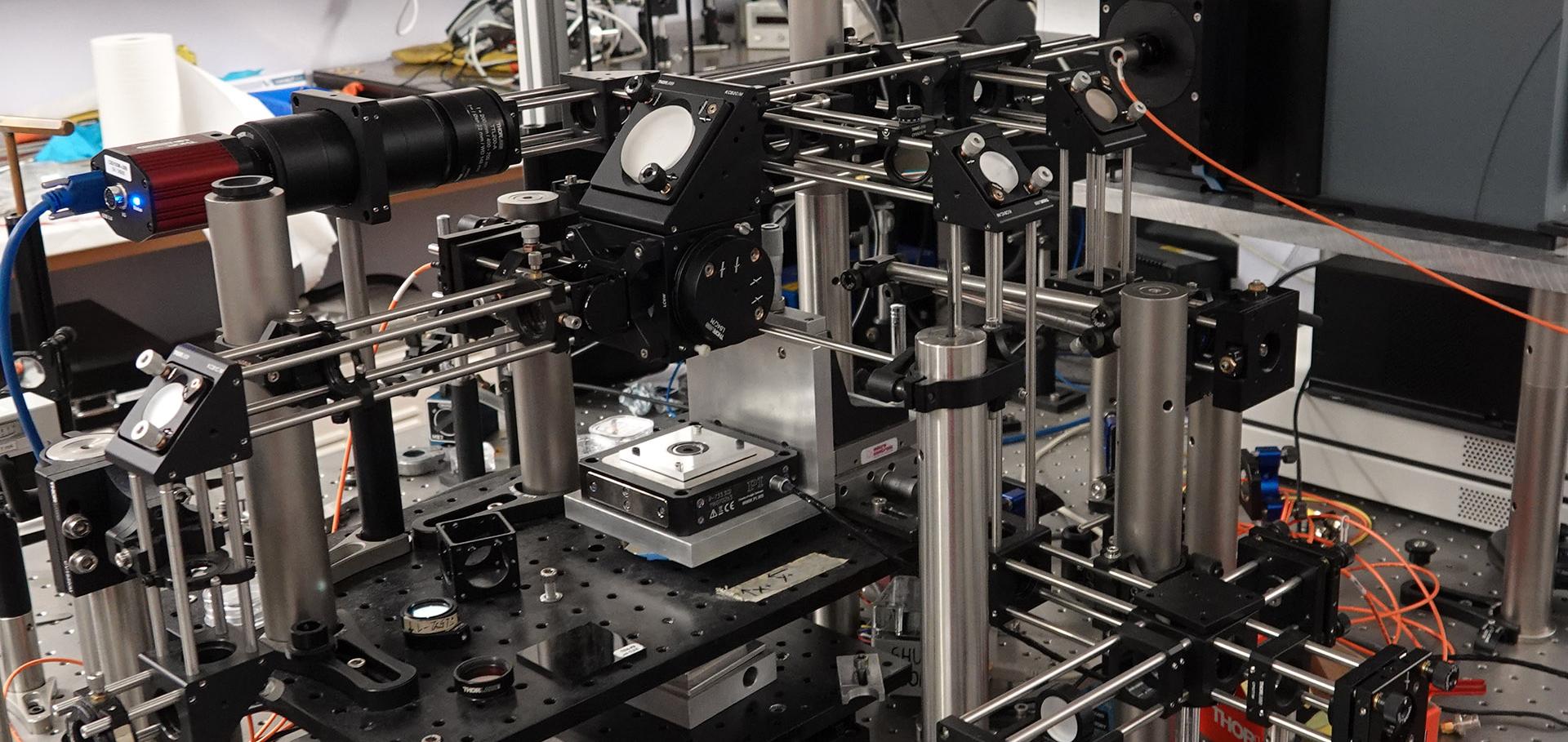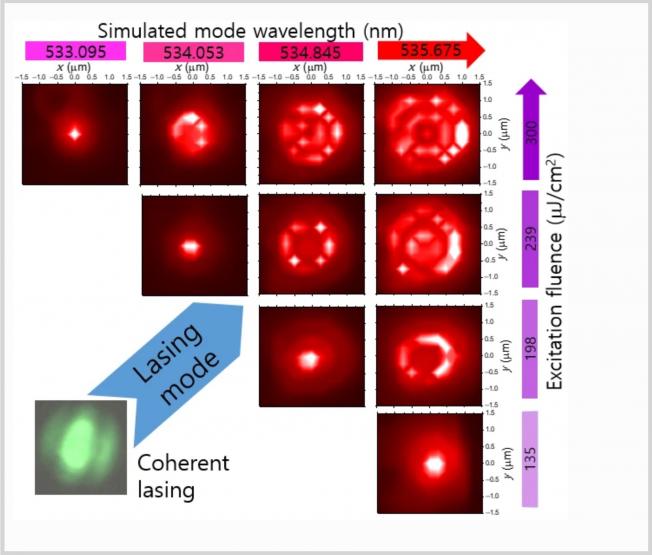Effects of surface recombination on exciton dynamics in GaN nanorods
Journal of Nanoelectronics and Optoelectronics 4:3 (2009) 307-311
Abstract:
We have investigated the optical properties of GaN nanorods with different diameters by microphotoluminescence (PL) and time-resolved PL measurements grown on (111) Si substrates by using radio-frequency plasma-assisted molecular-beam epitaxy. In order to confirm the formation of the GaN nanorods and their physical dimension, we employed high resolution scanning electron microscopy. As the diameters of the nanorods decreased, the donor bound exciton (D 0X) emission, which is mainly observed at low temperature for samples with larger diameters, rapidly quenched compared with the free exciton (FX). The activation energy of the FX for GaN nanorods with different diameters was also evaluated. The decay times are a few tens of ps for both the D0X and the FX transitions. The overall decay times decrease linearly with decreasing average diameter of the nanorods. Time-resolved PL studies show that surface recombination is dominant in determining the excitonic dynamics. Copyright © 2009 American Scientific Publishers All rights reserved.Quantum confined Stark effect and corresponding lifetime reduction in a single Inx Ga1-x N quantum disk
Applied Physics Letters 95:18 (2009)
Abstract:
Time-integrated and time-resolved microphotoluminescence studies were carried out on Inx Ga1-x N quantum disks embedded in GaN nanocolumns grown by molecular beam epitaxy. Emission at ∼3.33 eV from confined states was detected and observed to blueshift with excitation power; a result of charge screening and the quantum confined Stark effect. Due to the reduced band bending and resulting increased overlap of the confined electron and hole wave functions, the lifetime of the emission was measured to decrease with increasing excitation power. The saturation of the blueshift and lifetime reduction follows that of the peak intensity, indicating a Stark screening process. © 2009 American Institute of Physics.Nitride-based quantum dots for single photon source applications
Physica Status Solidi (A) Applications and Materials Science 206:11 (2009) 2510-2523
Abstract:
There is a great potential in the development of versatile singlephoton devices based on nitride-based single quantum dots due to their unique properties. Their emission can be engineered to span a wide spectral range from the ultraviolet to the blue and green regions of the spectrum which may prove important for several applications such as free-space quantum cryptography and low-noise absorption measurements. It is also possible to dynamically tune the wavelength of the emitted single photons over a wide range by controlling the internal piezoelectric field using externally applied electric fields. The nitrides also have the potential of providing devices which operate at relatively high temperatures. In this contribution, we review the progress made so far towards the development of optically excited and electrically driven single photon sources based on these structures. © 2009 WILEY-VCH Verlag GmbH & Co. KGaA, Weinheim.Back Cover (Phys. Status Solidi A 11/2009)
physica status solidi (a) – applications and materials science Wiley 206:11 (2009)
Non-linear excitation and correlation studies of single InGaN quantum dots
Physica Status Solidi (C) Current Topics in Solid State Physics 6:4 (2009) 864-867



